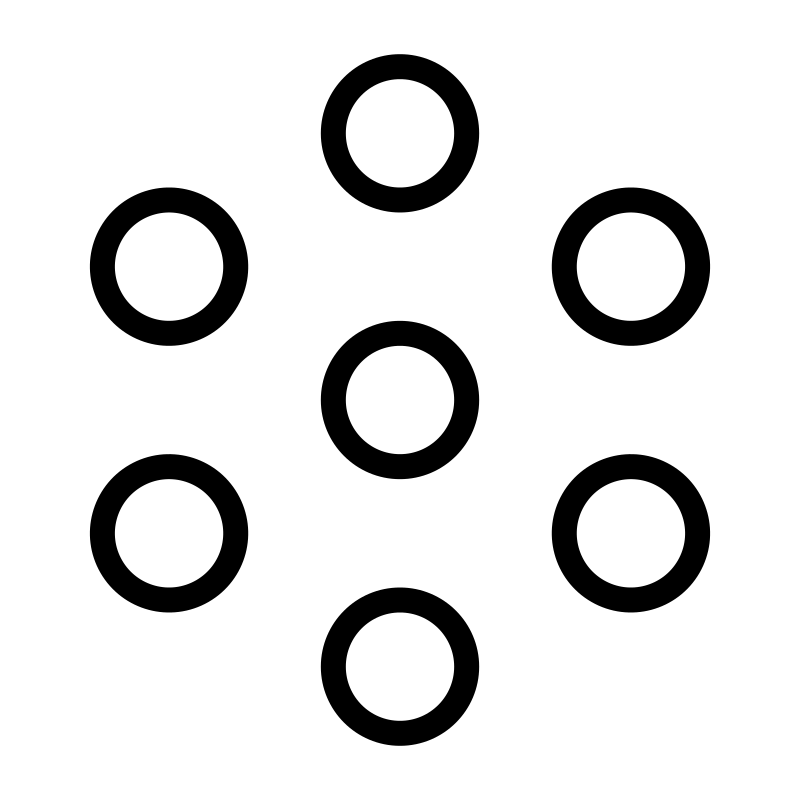The Web3 Dilemma: Infura, Alchemy, ZMOK or Run a Node?

A Brief Overview of Web3
In today's tech ecosystem, you're likely to encounter the term Web3. It represents a move toward a serverless, decentralized internet — a space where users maintain control over their own data, identity, and transactions.
Here's a simple breakdown of the Web3 architecture:
- Network Layer: The Blockchain, serving as the backend.
- Interaction Layer: Node providers, acting similarly to cloud services in traditional web development.
- Decentralized Applications (DApps): User-facing applications, equivalent to the apps we use daily.
This article examines the Interaction Layer, particularly focusing on EVM (Ethereum Virtual Machine) based Blockchains.
There are two primary approaches to engaging with this layer:
- Using third-party service providers: Examples include Infura, Alchemy, and ZMOK.
- Running your own node client: Geth is one such example.
Each approach comes with its pros and cons. This article aims to outline these to help you make an informed decision.
Option 1: Using a Node Service Provider
Node service providers operate node clients on your behalf, freeing you from the task. Users can then engage with the node in a shared setup, benefiting from economies of scale.
These services typically provide an API key, allowing you to communicate with the node. They're generally easy to use, offering a plug-and-play experience through their SDK. Providers like Infura, Alchemy, and ZMOK each provide this service.
Here are some advantages of using such services:
- Easy to use: just plug-and-play using their SDK or other Web3 JS libraries.
- Instant availability.
- Backup options are available.
- A technical support team is accessible.
- No need to maintain the Node Software and handle the associated risks.
- Fractionalized costing.
However, there are downsides:
- Reliance on a third party, which may not align with the decentralized ethos of blockchain.
- Potential cost implications.
Option 2: Running Your Own Node
By running your own node, you store the entire blockchain on your server. You also choose whether your node should validate every block of data before adding it to the blockchain.
While this method offers some advantages, it's often discouraged due to high costs and time-consuming setup. A Full Node sync might take up to two months, while a Light Node can take several weeks.
Here are the advantages:
- Greater autonomy.
- No need to deal with API keys, plans, or call limits.
However, the downsides include:
- High costs.
- Maintenance requirements.
Weighing the Costs
Both third-party providers and running your own node entail costs, both financially and in terms of time.
Most providers like Infura and Alchemy offer a free tier, which includes a limit on the number of API calls. But once your DApp goes live, it may easily exceed these limits, leading to additional costs. On the other hand, running your own node has hefty hardware requirements and needs daily monitoring.
Ultimately, the decision depends on your unique needs and resources.
The Case for ZMOK
In the world of node providers, ZMOK presents an exceptional blend of reliability, cost-efficiency, and ease of use. Notably, ZMOK upholds the decentralized ethos of blockchain, minimizing third-party reliance and offering a scalable and flexible solution for your project's needs.
One of the unique offerings of ZMOK is its free tier, designed to help developers kick-start their projects without incurring initial costs. This free tier serves as an excellent testing ground for small-scale projects and new developers entering the realm of Web3.
Moreover, for projects requiring a more significant volume of requests, ZMOK offers competitive pricing. For every 1 million requests, ZMOK's cost-effective plan ensures that your project can scale without breaking the bank. This affordable approach differentiates ZMOK from other providers, making it an attractive option for developers aiming for operational efficiency.
In conclusion, while the majority of developers tend to opt for third-party service providers, your choice should be driven by your project's specific needs and resources. Both approaches have their own merits, and ZMOK, with its free tier and affordable pricing per request, stands out as a compelling option.
As always, your feedback is welcomed and encouraged.


